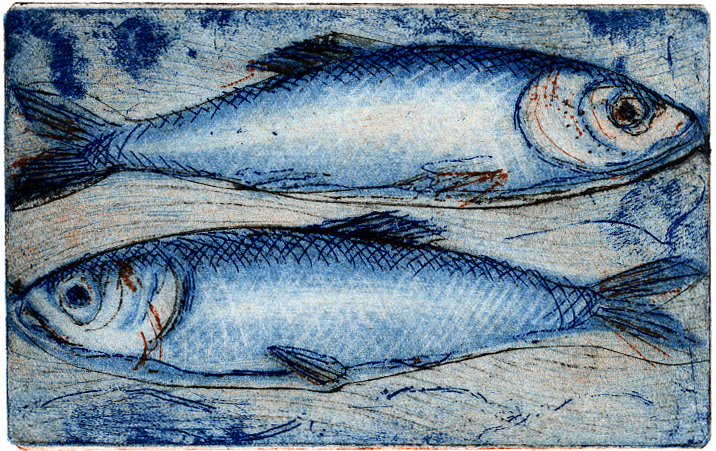Drypoint is traditionally associated with metal printing plates. The image is drawn directly onto the metal plate using a sharp needle. The drypoint needle is of necessity heavier and harder than an ordinary etching needle. The line gouged into the metal throws up a burr of displaced metal which holds the ink when the plate is wiped and gives the drypoint print its distinctive rich and velvety quality.
As there is no etching involved drypoint is a very accessible and portable way of producing a plate, it does however need to be printed on dampened paper using an etching press. Quite often drypoint is used on a plate to supplement etching.
Successive prints wear out the burr and the prints will gradually become lighter.
Paper Plates
There are some very creative and interesting ways of using paper plates for the dry point process,
These plastic-coated card plates offer a very versatile medium that allows for all sorts of development not possible with metal plates. Being easily cut, paper plates are excellent for line and also enable flat areas of tone to be printed. We stock these in the workshop and it is a very cheap and accessible way of exploring some intaglio effects
Judith Stroud, David Barron and Alan Williams all use these plates to great effect.
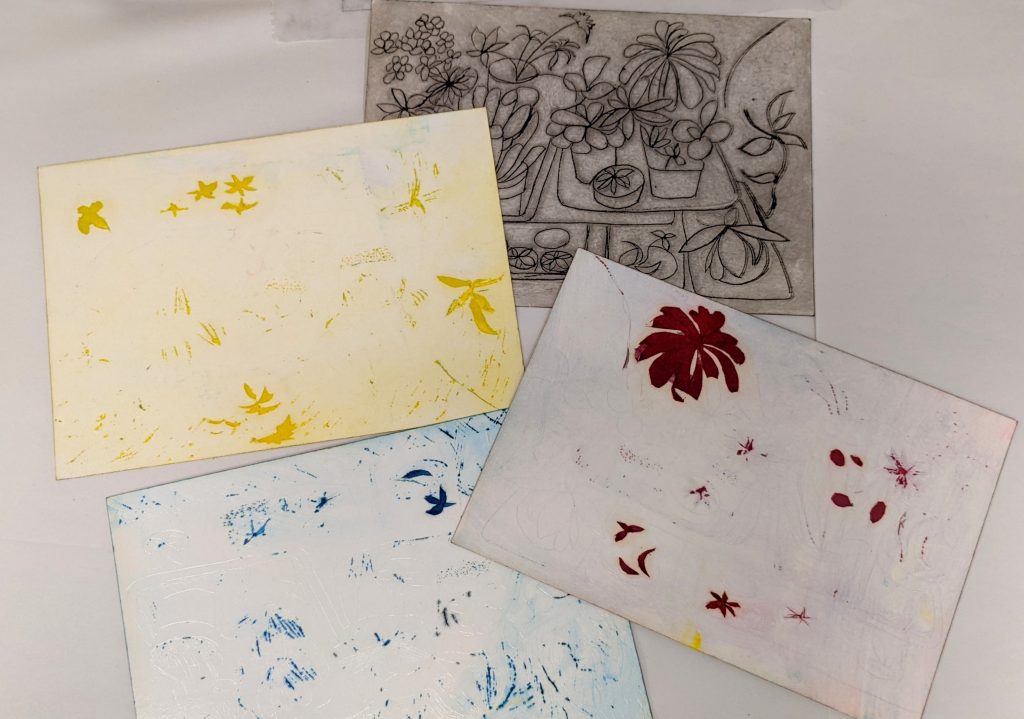
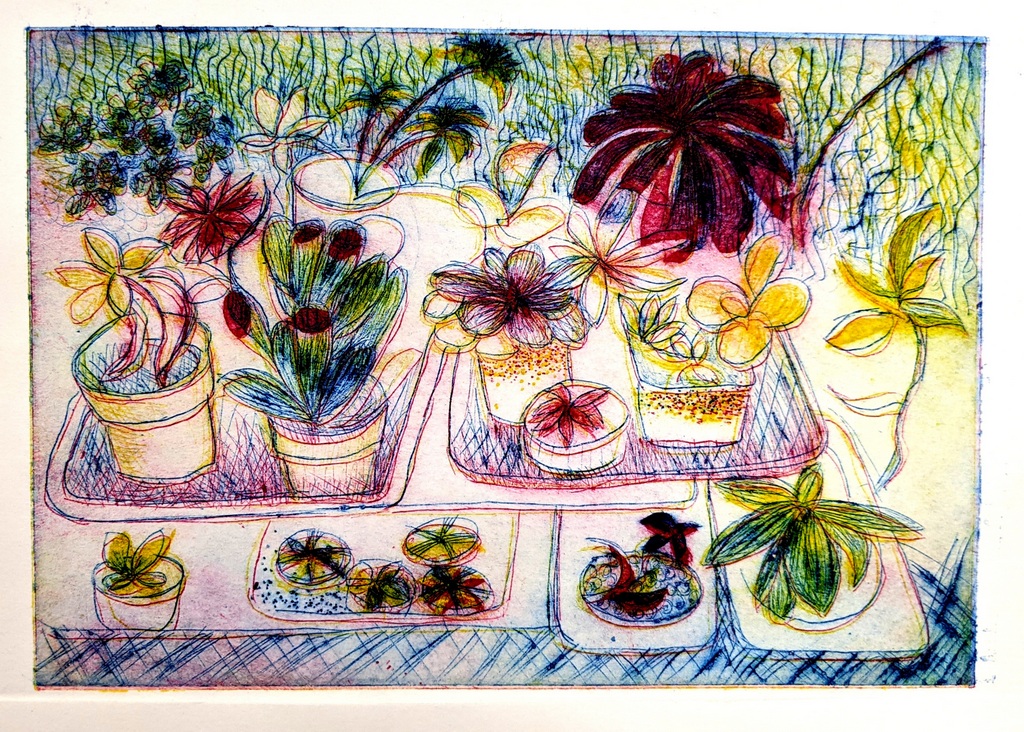
Judith Stroud | Using three plates, one for each colour
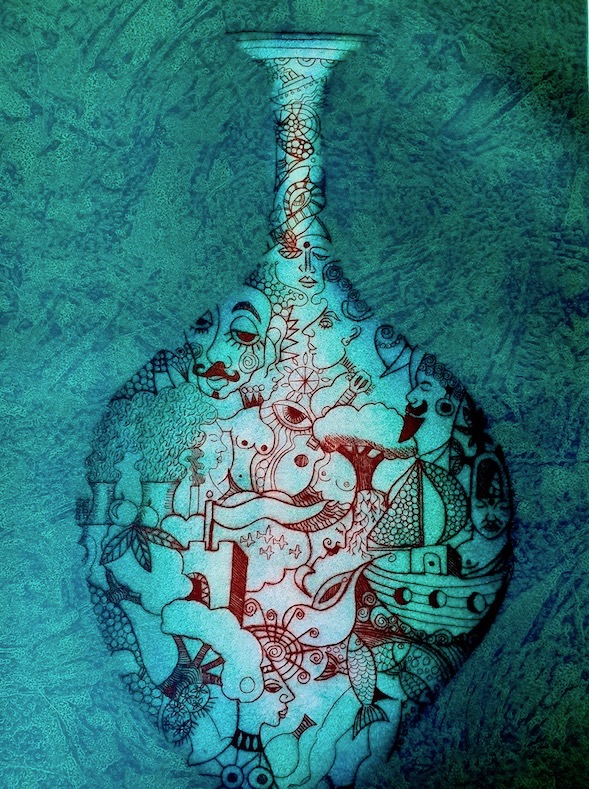
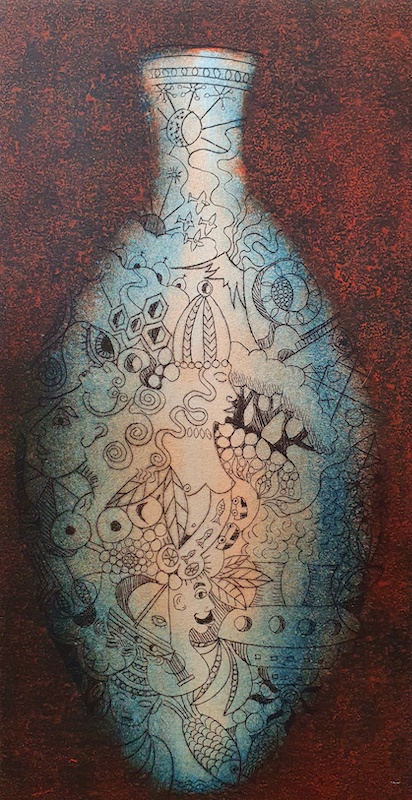
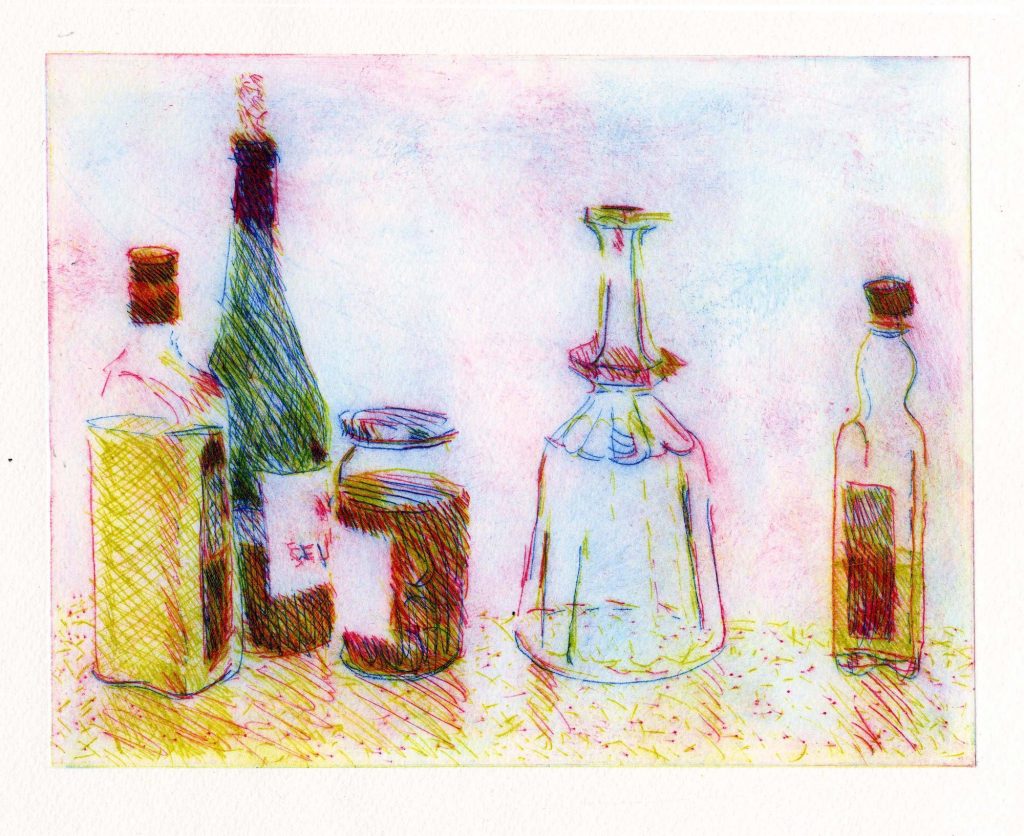
David Barron | Drypoint
